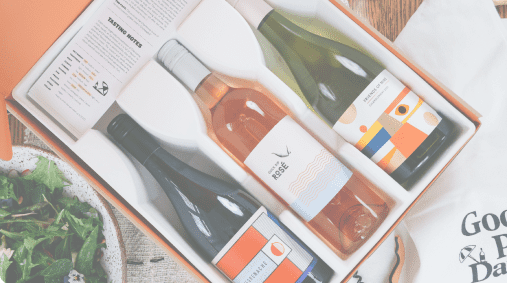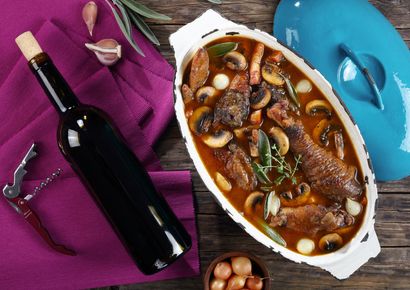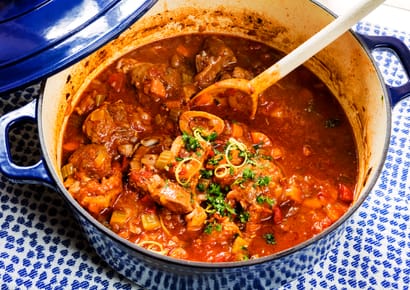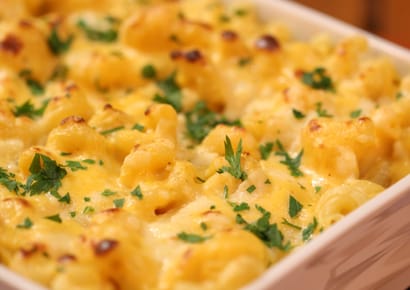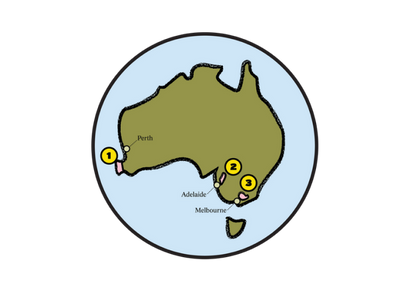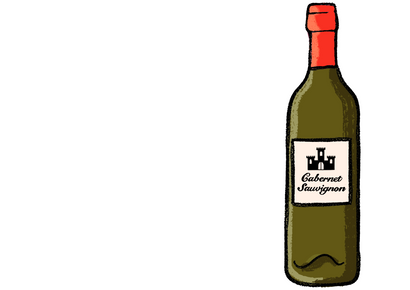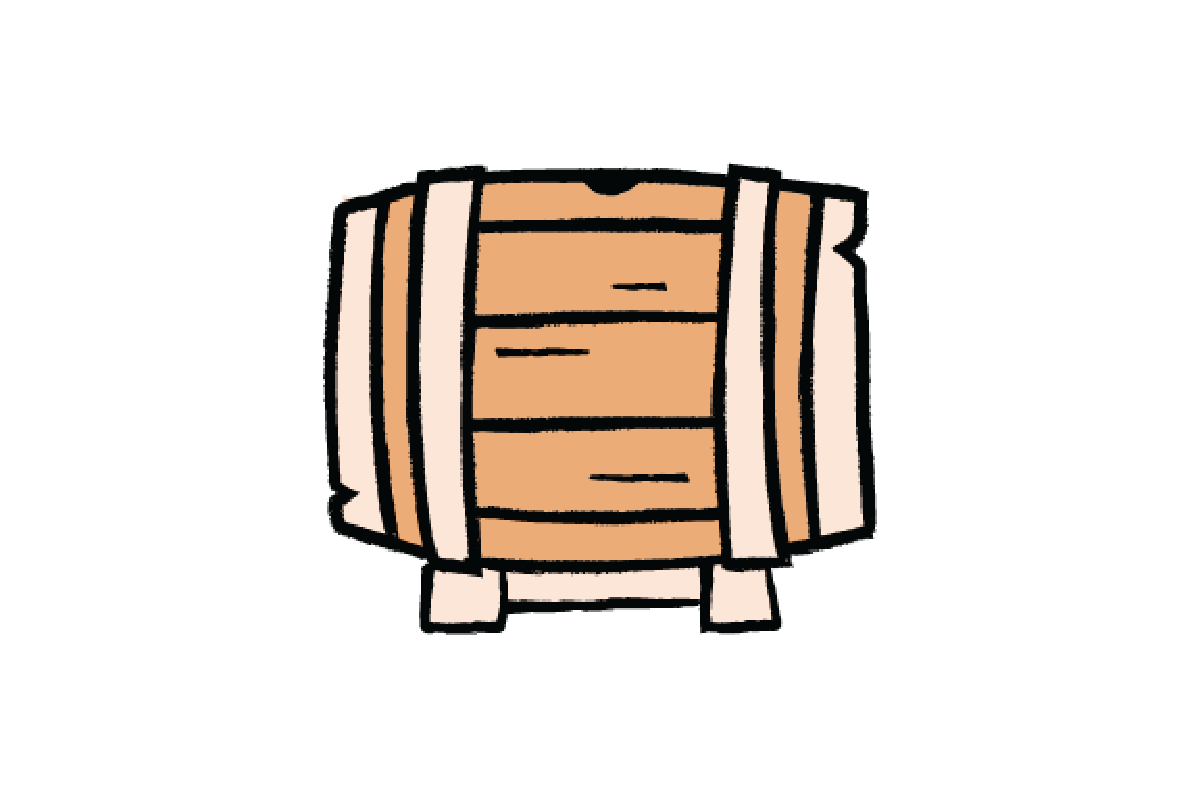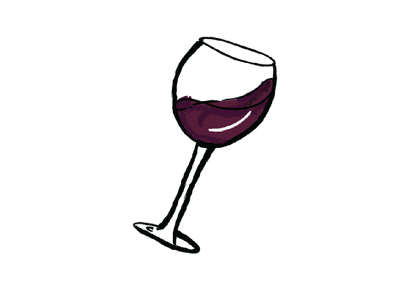Peter Drayton 'Ironbark Hill' Cabernet Sauvignon 2022
Primary flavours

Black Cherry

Black Fruit

Blackcurrant

Capsicum

Eucalyptus

Pepper

Tobacco
Details
The Ironbark Hill vineyard where Peter sources the grapes from in these wines are named after the iconic Eucalyptus trees which grow on this vineyard. Eucalyptus and Cabernet Sauvignon are a match in heaven, with that minty element working nicely with the blackberry and blackcurrant fruit spectrum. I am sure you’ll find a verandah out the back and a clothesline out the front too.
Origin: It’s believed that the first wines made were in the Médoc region, in the west of France. Mainly Grown In: France leads the way here, with Bordeaux the big one. Also California, South Australia, central and northern Italy, plus Argentina. Key Facts: Cabernet Sauvignon is truly a globetrotter. Having its home in Bordeaux certainly helped its rapid expansion, as the Bordelaise (those coming from Bordeaux) are excellent marketers of their own product! Now found in almost all wine-producing countries of the world, Cab Sav is traditionally full-bodied, loaded with plenty of dark fruit (think blueberry and blackberry) and backed up by a zing of herbal/grassy kind of flavours. It’s also known for its strong backbone of tannin – that furry, drying sensation you sometimes get with red wines. Cabernet has plenty of it, but is still a smooth talker regardless. Fun Fact: You might have noticed the similarity in names between Cabernet Sauvignon and Sauvignon Blanc? They’re related… kind of like 2nd cousins or something.
Origin: It’s believed that the first wines made were in the Médoc region, in the west of France. Mainly Grown In: France leads the way here, with Bordeaux the big one. Also California, South Australia, central and northern Italy, plus Argentina. Key Facts: Cabernet Sauvignon is truly a globetrotter. Having its home in Bordeaux certainly helped its rapid expansion, as the Bordelaise (those coming from Bordeaux) are excellent marketers of their own product! Now found in almost all wine-producing countries of the world, Cab Sav is traditionally full-bodied, loaded with plenty of dark fruit (think blueberry and blackberry) and backed up by a zing of herbal/grassy kind of flavours. It’s also known for its strong backbone of tannin – that furry, drying sensation you sometimes get with red wines. Cabernet has plenty of it, but is still a smooth talker regardless. Fun Fact: You might have noticed the similarity in names between Cabernet Sauvignon and Sauvignon Blanc? They’re related… kind of like 2nd cousins or something.
Read more
Taste Profile
This wine’s tasting notes.
Sweetness

lowmediumhigh
Body

lightmediumfull
Fruitiness

nonesomelots
Tannins

lowmediumhigh
Acidity

lowmediumhigh
Oak

nonesomelots
Alcohol

low
(under 12%)medium
(12-14%)high
(14%+)
Taste Summary
This wine’s tasting notes are leaning towards medium bodied, low sweetness, with low acidity, some fruitiness, medium tannins, medium alcohol and some oak.
Specs
Region
Hunter Valley
country
Australia
Grape type
Cabernet Sauvignon
Wine Maker
Peter Drayton
Alcohol
13%
Vintage
2022
Cellar period
1-3 years
Closure
Screw Cap
Production method
Single Vineyard
Temperature
Room Temperature 15°C-18°C
State
NSW
Pairing guide
We never shy away from professing our love for a good bottle of Cabernet Sauvignon, and this big, bold and beautiful bottle from Peter Drayton’s Ironbark Hill range definitely knows how to satisfy the senses. Paired with dishes featuring juicy red meats - especially fattier steaks like sirloin or ribeye - leg of lamb with garlic, rosemary and anchovies, truffled mac ‘n’ cheese or portobello mushrooms with blue cheese or pumpkin, it’s an absolute winner you’re sure to adore.
Read more
Food

BBQ

Grilled Meat

Red Meat
Tastes

Rich
Moods

Contemplative

Romantic
Seasons

Winter
Recipe Matches
Wine region

Hunter Valley, Australia
The Hunter Valley is located in New South Wales, Australia. It is situated approximately 150km northwest of Sydney and is known for producing world-class Semillon and formidable Chardonnay, Verdelho, Sauvignon Blanc, and Shiraz.
The region has a long history of winemaking, with the first vines planted in the 1830s. Today, the Hunter Valley is home to more than 150 wineries, ranging from small, family-owned operations to larger, internationally recognized producers such as Tyrell’s Wines, Mount Pleasant Wines and Brokenwood Wines.
Hunter Valley comprises the following sub-regions: Upper Hunter Valley, Broke Fordwich, and Pokolbin. The region's climate is warm and humid, relying on rain, humidity, cloud cover and sea breeze to mitigate the warmth. Soil types vary across the region. Generally, Semillon performs well on the sandy alluvial flats, whereas Shiraz prefers the red loamy soil types.
Read more


















